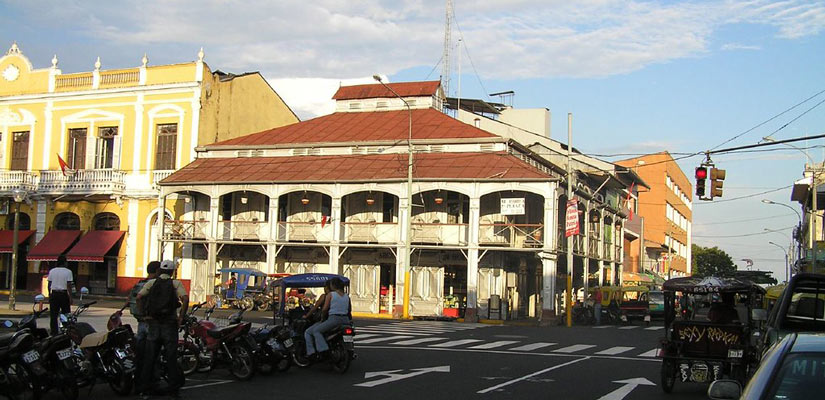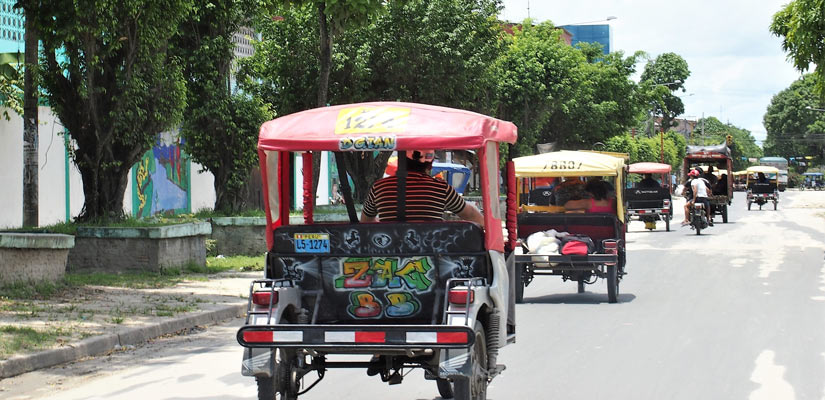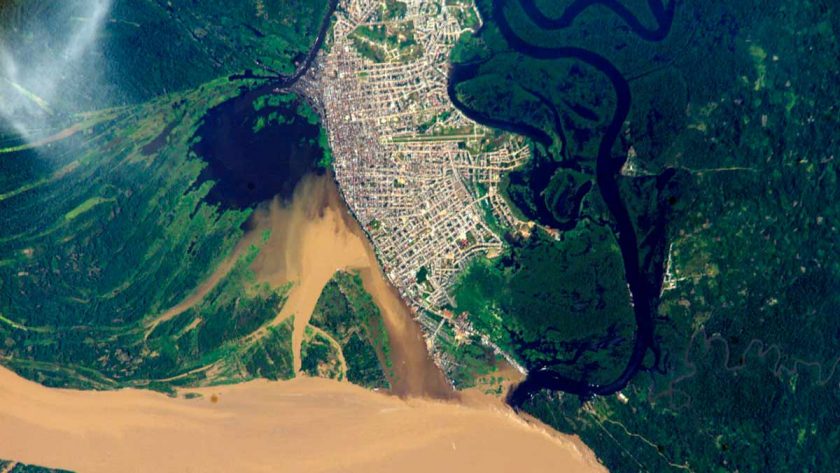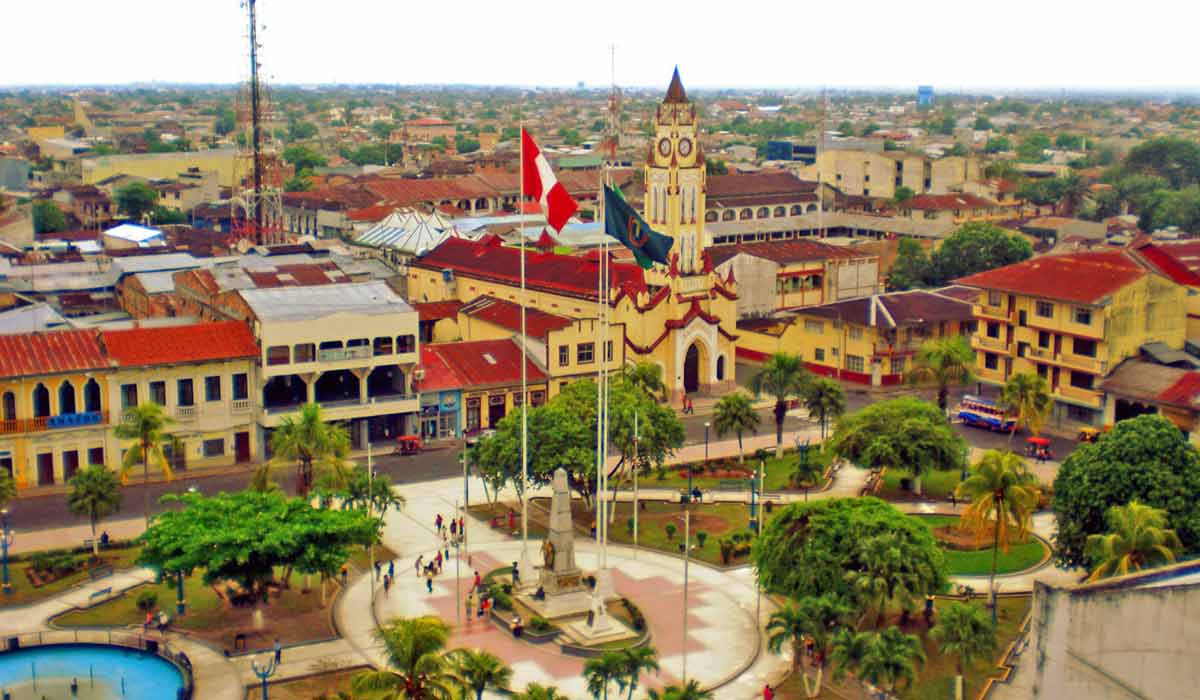This post is also available in:
 Español
Español
In the heart of the Peruvian Amazon is located the city of Iquitos. An area inhabited for thousands of years by natives, hunters, and nomadic collectors.
Currently, Iquitos is the largest city in the world without road access and this is due, paradoxically, to a material that is currently recycled to make roads.
In this post we tell you how Iquitos, the Amazon jungle of Peru, has become the largest city in the world without road access.
The industry in Iquitos
Iquitos today lives far from the glory achieved between 1880 and 1914 , when the rubber industry and exploitation were able to generate wealth, employment, and, therefore, disproportionate population growth.
Companies like Ford took advantage of the rubber boom to exploit the Amazon Indians, who collected and transported the rubber to the docks in Iquitos. From there, they left directly to Europe and the United States via the Amazon River.
The reports of exploitation of the indigenous population, together with the birth of synthetic rubber, ended three decades of population growth and wealth in Iquitos.
The enormous fortunes generated from nothing disappeared overnight due to circumstances such as the creation of synthetic rubber and the production of rubber latex in more easily exploited plantations in Asia.
Traces of ephemeral wealth
After 1912, the production of rubber fell drastically, which was joined in consequence by a fall of the city’s population.

Iquitos still retains vestiges of the extravagant taste of the rubber barons. There are many things to see in Iquitos that remind us of this era: the mosaic of tiles in Italian style palaces, the bustling riverfront promenade or the Casa de Fierro, a famous residence designed by Gustave Eiffel that was built from sheet metal and carried by hundreds of men through the jungle.
After the fall of rubber, the Peruvian city experienced several ‘rebirths’ associated with products such as barbasco, a biocide for large plantations that died with the emergence of chemical insecticides, or oil, which from 1935 allowed the city to maintain some economic momentum.
Transportation through Iquitos, the largest city without road access
To reach Iquitos with a car you will need five days by boat from the first access road for a vehicle. It is flanked by water on one side and thick Amazon rainforest on the other. So the only way to get to Iquitos is to fly there. The other option is to travel by boat, which takes a full week along the Amazon.

Although inaccessible by road, the city of Iquitos has no reason to exist without its particular vehicles.
As you can imagine, its star transport is the boats. They are the universal means of transportation for those who want to enjoy the experience in Iquitos like our partner Javier. As the entire city is surrounded by water, it is impossible to think of life in Iquitos without this water transportation.
Inside the city, it is totally different. There are no cars, but instead, motorcycles and motocars (a motorcycle with a small passenger cabin), dominate the streets, buzzing incessantly around as if “an American style biker gang had taken over a city”.

Did you know the history of Iquitos? Would you like to visit the largest city in the world without road access and get lost in the Amazon rainforest of Iquitos?






